Affordable housing is a growing concern, particularly in the United States. According to the U.S. Chamber of Commerce, the country is facing a severe housing shortage of over 4.7 million homes, and data suggest that most Americans struggle to afford a home. Yet, there could be hope for the housing crisis in the form of a giant robot spider, and no, not the one from the 1999 film Wild, Wild West.
The Australian company Crest Robotics partnered with Earthbuilt Technology to develop a spider-like robot capable of 3D printing a 2,100-square-foot home within 24 hours. The robot, named Charlotte, can “collect readily available materials such as sand, earth and waste products like crushed brick, which are then bound in fabric and compressed to form the layers of a building,” per the company’s website. The aim is to create a “low-cost, low-carbon construction solution” that can address the housing crisis, while also helping to build lunar bases on the Moon for space exploration.
- YouTube youtu.be
“We’ve truly invented a new approach,” said Dr. Clyde Webster, the founding director of Crest Robotics, to ABC NewsRadio. “These sorts of materials can either be sourced on-site on the building site itself or from any local quarry, so we drastically reduce supply chain risk and supply chain length, which does make it quite cost-effective.”
@life_0f_dani Replying to @Andrea Salazar what does the inside of a finished 3d printed house look like? let me show you 🫶🏼 leave me decor suggestions pleaseeee #3dprinting #home #3dprinted #3dprintedhouse
While this is a significant breakthrough in home building, concerns remain regarding home buying. GOOD reached out to several real estate and home building professionals for their thoughts, and many question how these cheaper 3D printed homes could stand up to the housing industry, the real estate economy, and natural disasters.
“The biggest challenge is that 3D printing isn’t a one-size-fits-all solution. In places like California, you’re dealing with earthquakes. In the southeast, it’s hurricanes. Right now, the structural integrity of these builds still needs more innovation before they can truly compete with traditional construction, especially in high-risk markets,” said Scott Menard, President and C.O.O. of Homes Built for America.
“Adoption will hinge on building codes, financing, and consumer confidence,” said licensed real estate agent and investor Ben Mizes of Clever Real Estate. “Even if the homes are built to withstand natural disasters, buyers might balk at purchasing without an established track record of durability or resale value.”
“Sure, it can quickly and efficiently build a house, but do your workers have the expertise to add fixtures, finishes, and utility lines?” asked Jonathan Palley, C.E.O. of Clever Tiny Homes. “How much do those machines cost to maintain, repair, and operate? Who knows how to do these things? How long will the finished product last? This thing is interesting, but probably not ready for prime time.”
While some valid criticisms and questions need to be addressed regarding the staying power of a 3D-printed home and whether ownership of one can build equity, there is still a sense of optimism among real estate and housing professionals who reached out to GOOD. While they held to their concerns, they still saw potential in this technology, making homeownership within reach.
“By speeding up builds and lessening dependence on expensive labor, that could go a long way to slashing entry-level home prices in an area of the market where relief is particularly needed,” added Mizes.
“The impact this technology could have on real estate if it became widespread in use is that homes could become more affordable and more available,” said real estate investor and broker Jessica Vance.
“I'm familiar with 3D printed houses. The first major ones were in Austin, Texas, and they turned out pretty great,” said George Smart, C.E.O. of USModernist. “This spider-builder is a natural extension of the machine that built those Austin houses.”
@worldeconomicforum It built 6 homes in just 2 days using a robot #tech #3dprinting #house #texas #homeless
“Will people buy these homes? In the right situations, I think yes,” said Menard. “The demand for housing is so strong that families will embrace new models if they’re safe, durable, and priced right.”
Regardless of whether 3D-printed homes prove their worth as solid shelters and wealth-generating real estate, they can only be relied on as one of several agents of change that need to succeed to improve the housing market and ensure quality shelter for all.
“It’s one piece of a much larger puzzle that requires policy reform, smarter financing, and builders committed to creating attainable housing,” Menard concluded. “The fact that we’re even having this conversation, though, is a positive sign. It shows that new players are stepping up to address a crisis that traditional systems have struggled to solve. I genuinely believe that within my lifetime, we’ll see innovations, whether it’s 3D printing or something else, that finally help close the housing gap.”





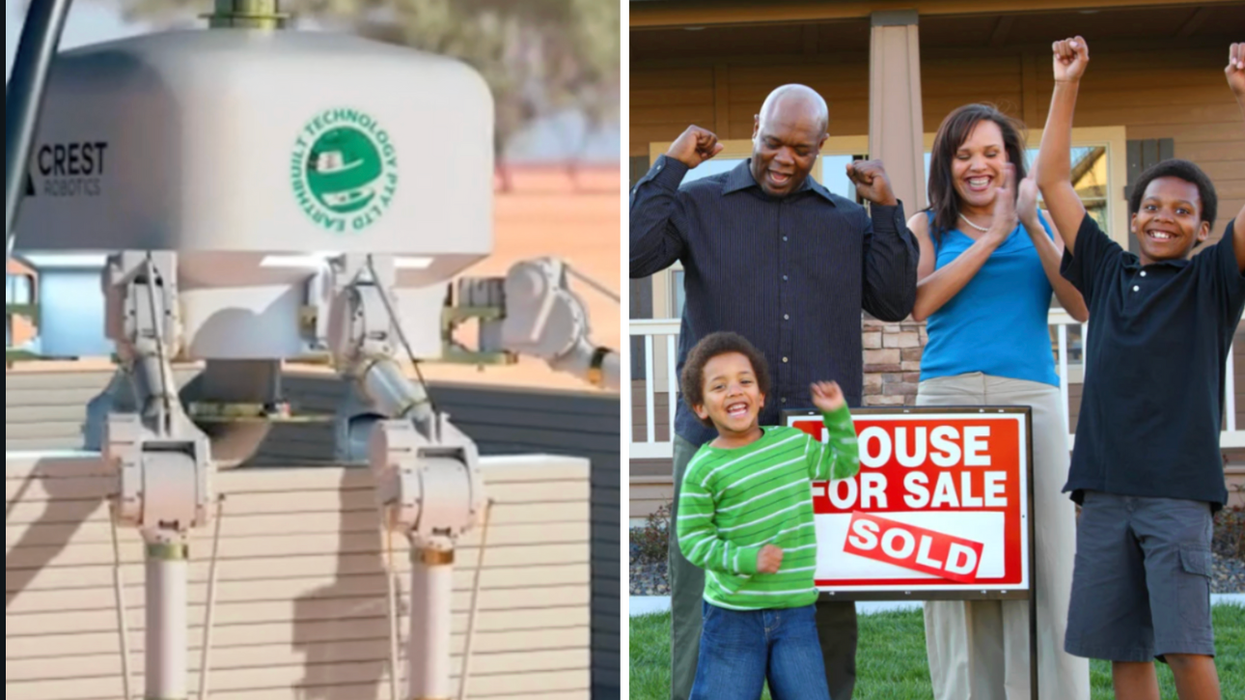


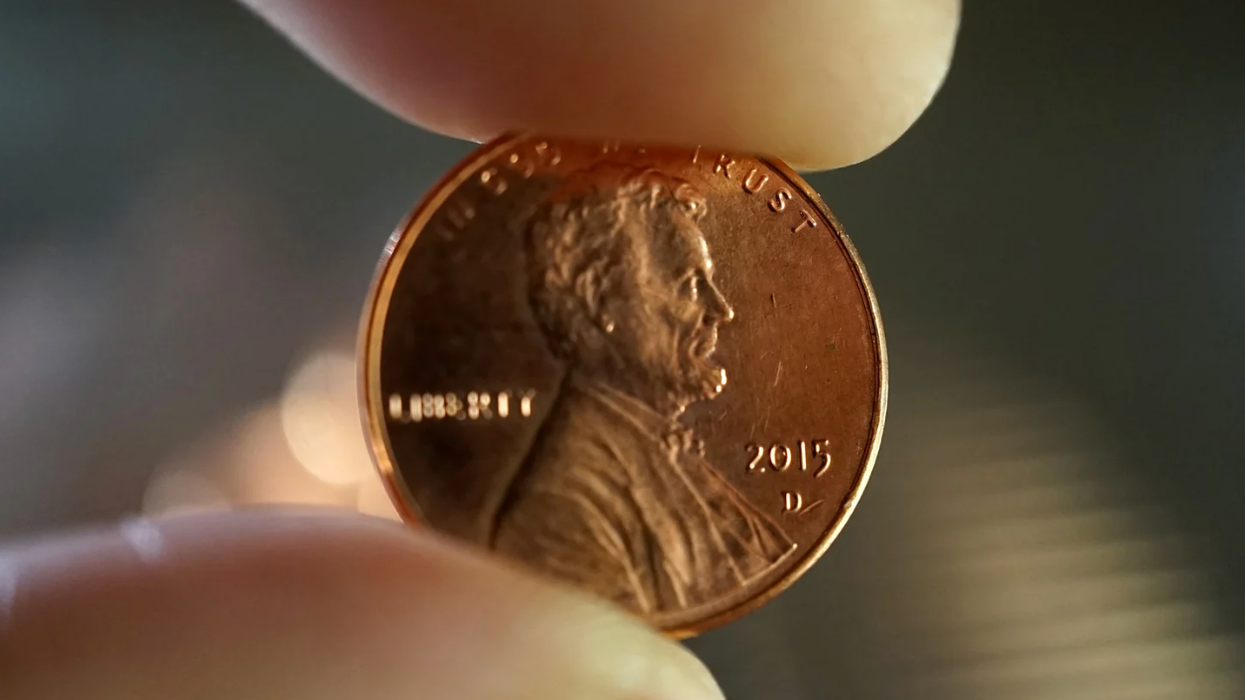
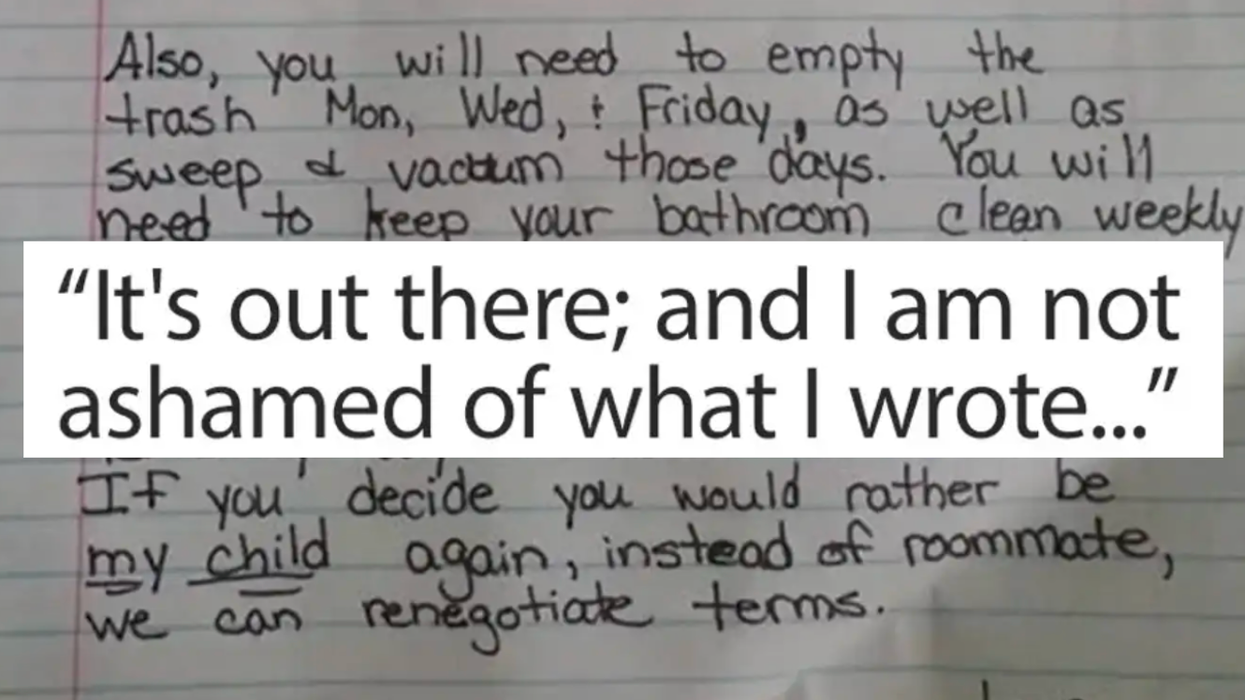


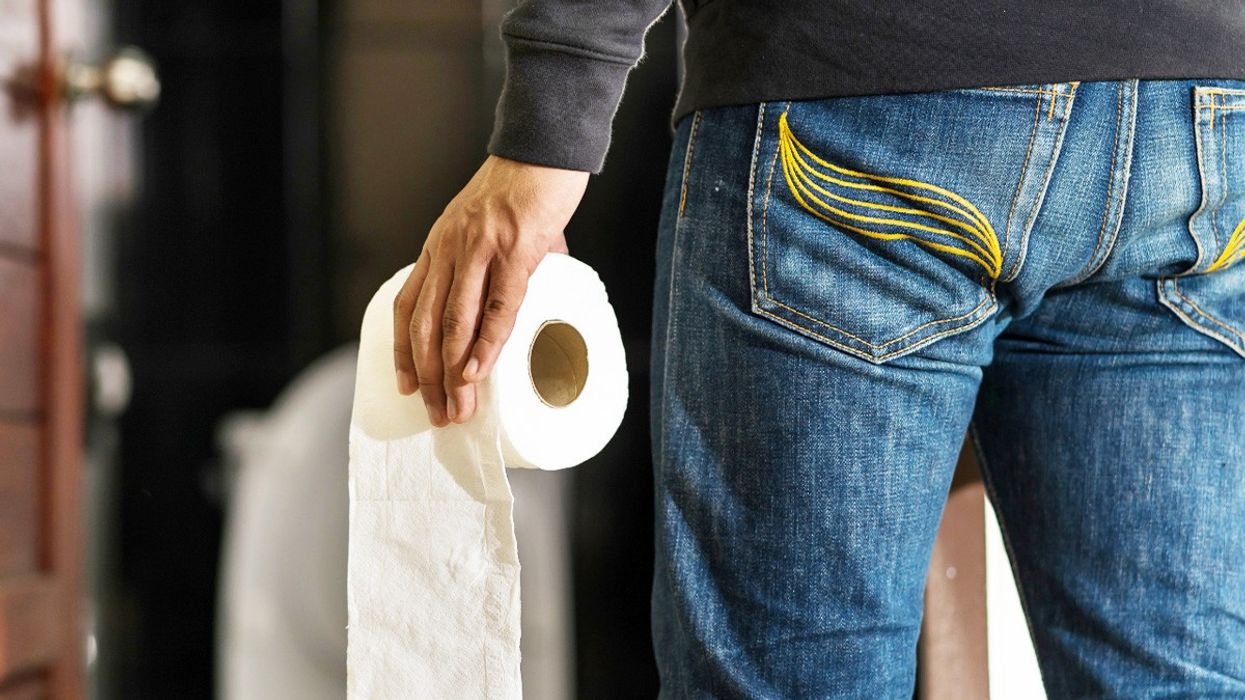


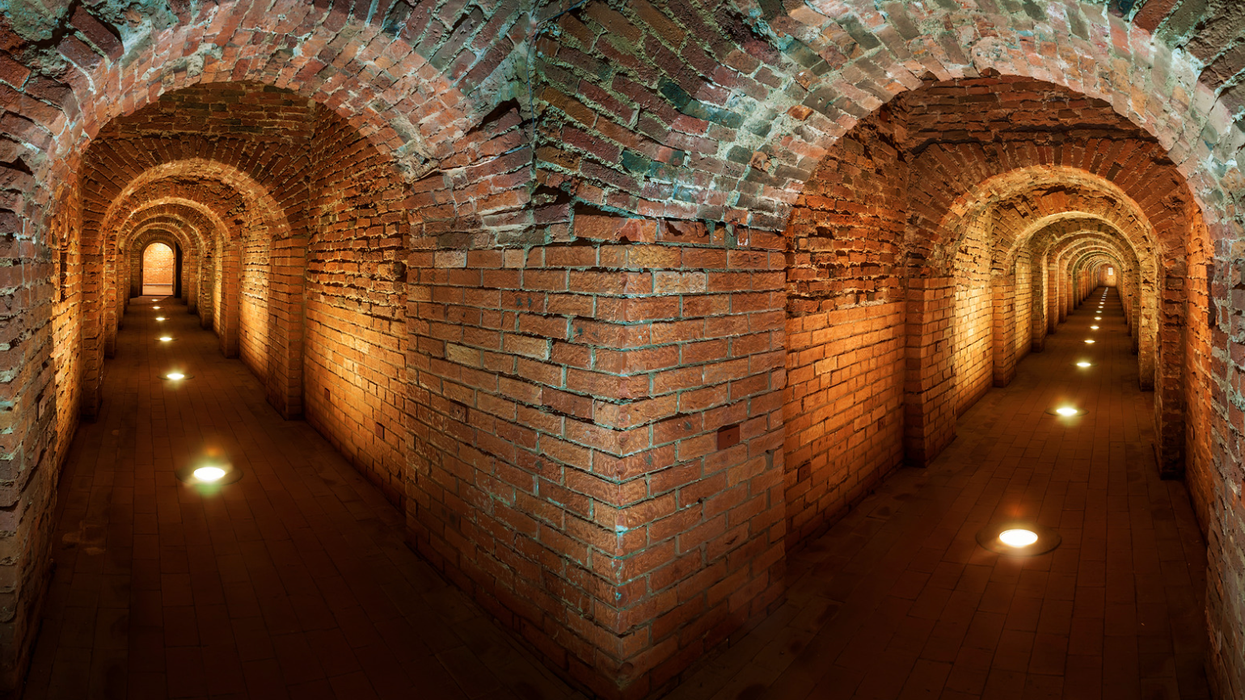

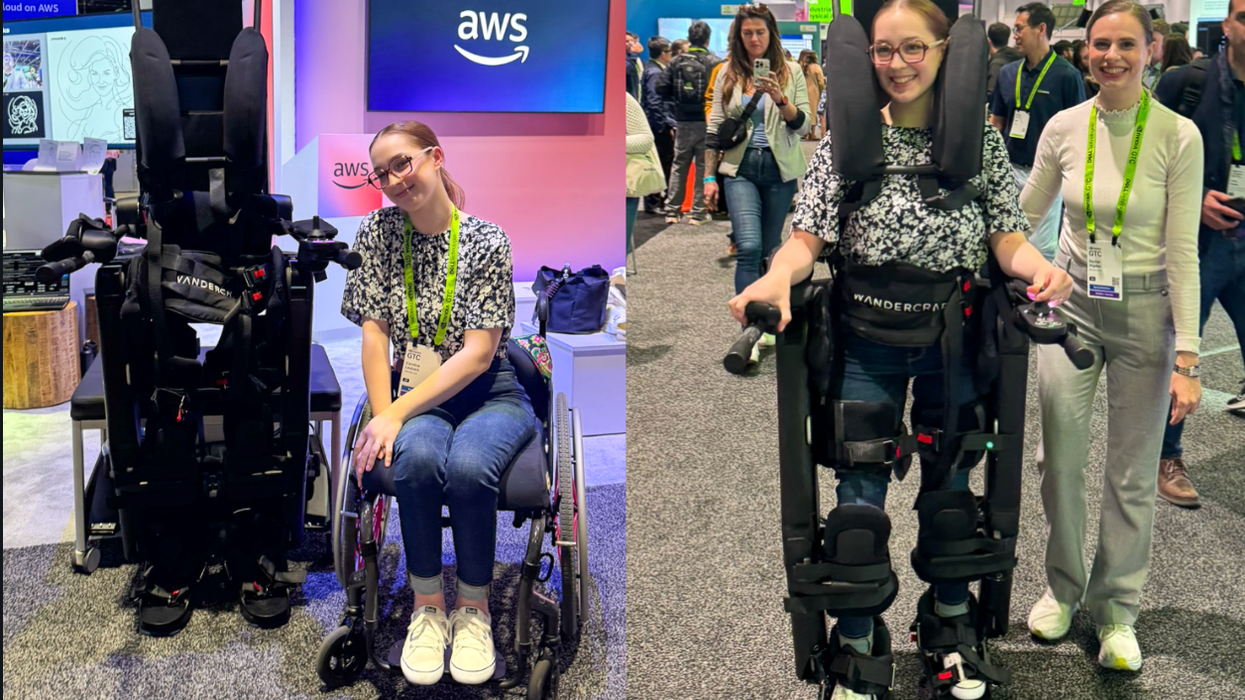


 Relaxing to music.Photo credit
Relaxing to music.Photo credit  Music and a good run.Photo credit
Music and a good run.Photo credit 
 Artist rendering of Earth with satellites traveling around it.Image via
Artist rendering of Earth with satellites traveling around it.Image via 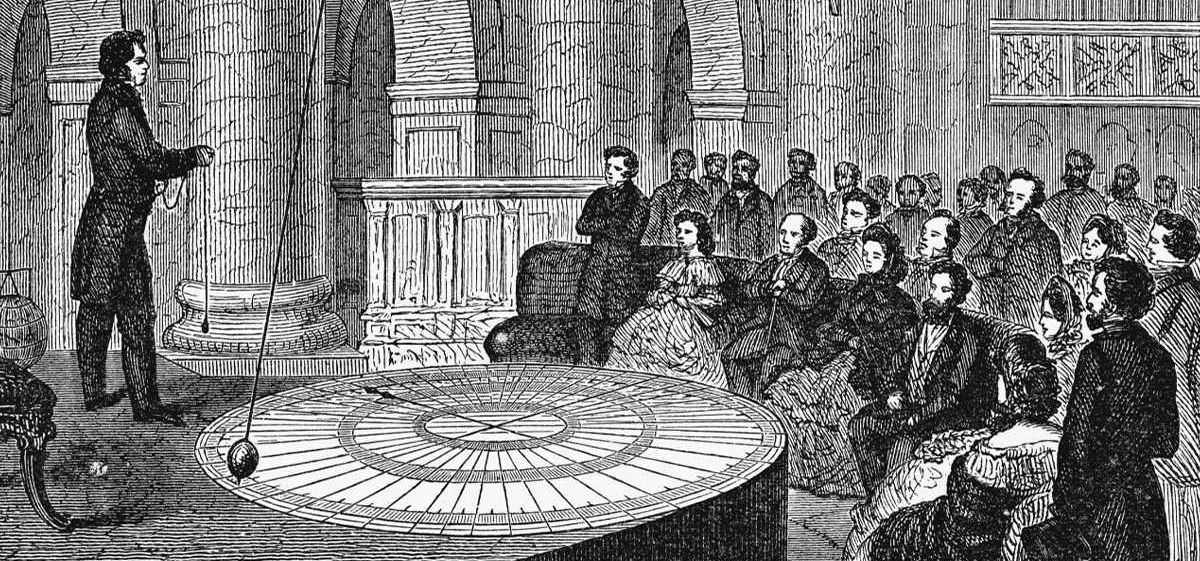 Drawing of Leon Foucault with pendulum showing Earth's rotation.Image via
Drawing of Leon Foucault with pendulum showing Earth's rotation.Image via  The Earth rotates.
The Earth rotates. 



 This one seems like a no-brainer but weirdly, preventing head injuries is frequently overlooked when talking about dementia.Canva
This one seems like a no-brainer but weirdly, preventing head injuries is frequently overlooked when talking about dementia.Canva